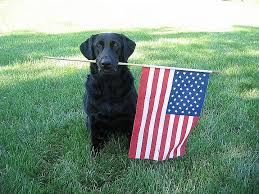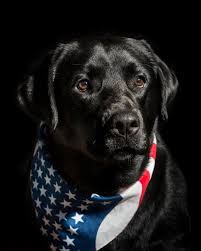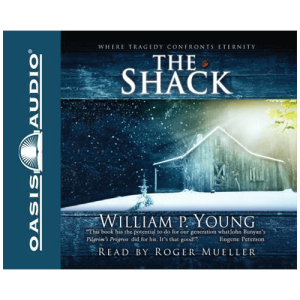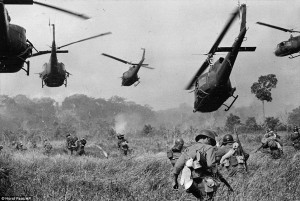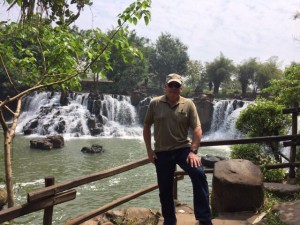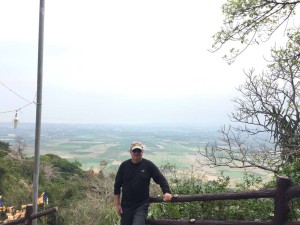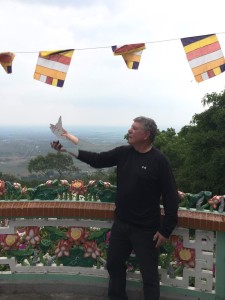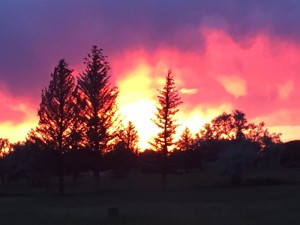Jan
8
YES, VIRGINIA THERE STILL IS A UNITED STATES OF AMERICA
Filed Under America, American Patriotism, Blessings, Freedom, Gratitude, Happiness, Healing, Hope, New Year, Patriots, Peace, Tears, Tears of a Warrior, United States of America, Vote | Comments Off on YES, VIRGINIA THERE STILL IS A UNITED STATES OF AMERICA
By Janet J. Seahorn Ph.D.
It is the day after January 6, 2021 and I could not sleep no matter how hard I tried. The thoughts and experiences of this past year and then yesterday were way too vivid. Even though my family is in good health, the grief and turmoil that so many others have faced and continue to endure can be overwhelming. As a former teacher I worry greatly about all the children in our world and the adult issues they are facing only with the understanding of a young mind. It reminded me of the Christmas letter Virginia O’Hanlon wrote to The New York City Sun, a well read newspaper in 1897. This is my version as a result of a lack of sleep.
Dear Country,
I am an eight year old girl. Some of my friends say there is no longer a United States of America. They say that people are too divided and that we will never come together or agree on anything again. Since my parents state I can no longer rely on some newspapers or television people to tell me the truth I am asking that someone in our country, perhaps even our Supreme Court justices can give me an honest answer.
Yours truly, Virginia
Dear Virginia,
Your friends and even many adults are wrong. “They have been affected by the skepticism of a skeptical era.” They refuse to believe in truth, decency, and goodness even though they know in their hearts what is real or what is false. For some reason, Virginia, you and many of your friends are so much better at deciding truth and accepting each other for who you are rather than how much money you may have, what religion you belong to, or what political ideologies your parents adhere. Children don’t really care about these things as much as they care about kindness, compassion, and puppies. Many adults have lost their ability to ask questions, to seek what is genuine, to be brave in the challenge of uncertainty, and to trust in hope over fear. Most children are very smart at questioning everything, being brave, and trusting in things unseen like unicorns and angels.
Yes, Virginia, there is a United States of America. “It exists as certainly as love and generosity and devotion exist, and you know that they abound and give to your life its highest beauty and joy.” How discouraging and dangerous our world would be without a United United States of America. There would be no beacon of hope for other people in nations and countries without a strong democracy. There would be no faith that there exists in this world people and nations who value truth, integrity and acceptance of others and who believe all men and women are indeed created equal.
Not to believe in a United States of America would be giving up on peace, light and joy only to have us live in a world filled with hatred, doubt, and darkness. Not to believe in a United States of America would be to give up trying to understand others, only focus on the act of getting instead of giving. How sad it would be to stop forgiving and only hold on to bitterness. Not to believe in a United States of America would be to forget and dishonor the immense sacrifice so many men, women and families have given over countless wars so that we can be a country that honors the freedom to vote, the freedom to choose our leaders, and the freedom to honor our sacred commitment to equality.
Dear Virginia, in this world there is no greater gift than that of Freedom. No United United States of America would make sure we are no longer a truly great and strong country. No United States of America tells our enemies that we no longer care or stand for the ideals that our forefathers created in our Constitution. Most of all, no United States of America is totally unbearable because our country must always survive in order to ensure the best and most resilient life for you and your friends.
GOD bless you, Virginia, and GOD bless America.
Jul
26
THE RAINBOW CONNECTION
Filed Under Blessings, Coronavirus, Courage, COVID-19, Faith, Family, Grateful, Gratitude, Happiness, Healing, Hope, Peace, Tears, Tears of a Warrior, Tears of Joy, Veterans | Comments Off on THE RAINBOW CONNECTION
By Janet J. Seahorn, Ph.D.
How many of you remember the song, Rainbow Connection, by my favorite green frog, Mr. Kermit? In a time of necessary isolation and separation we need to work hard to find ways to connect to each other. Kermit’s song, Rainbow Connection, got me thinking about my own Rainbow Connection. Covid19 has attacked almost every part of our daily existence… our relationships, our jobs, our food sources, our medical care, schools – and the list seems endless. Struggling to maintain any semblance of our pre-covid lives can be exhausting. Grasping to stay attached to our family, friends, coworkers, neighbors can be an emotional combat zone.
During a storm the clouds gather, the skies darken, and often times the winds howl horrifically. Eventually rain falls, sometimes lightly and sometimes with the force of pelting water bullets that turn into huge hailstones. Yet, after the storm – if we are lucky and continue to look beyond the gale an amazing rainbow appears. The fractions of light bounce off each raindrop reflecting astonishing and breathtaking colors as a promise of the possibility for new beginning and fresh new starts.
Our tears can be a bit like these raindrops, but the various colors may only be seen in our own minds and hearts. We experience the colors of grief, of fear, loneliness and anxiety. However, there are also colors of hopefulness, courage, joy, love and clearer skies in the future. What lessons are we learning about each other? Ourselves? Are we able to see ALL of the rainbow or only a small part?
The other day I came across a quote by Haruki Murakami,
“When you come out of the storm you won’t be the same person who walked in. That’s what this storm’s all about.”
In the song, Kermit talks about being a Lover, a Dreamer, and Me… and the voices calling your name. Perhaps these new voices are what you hear after or even during the storm. Are you listening? There is magic in rainbows and we can, if we choose, linger under the glorious and colorful spell of its Vision. If we look for what may be on the other side, perhaps we can keep that Lover, that Dreamer in us and connect it to others. Perhaps we are that Rainbow Connection and we are a bit better after the storm than before we went into it.
May
6
FACTS NOT FEAR
Filed Under Coronavirus, COVID-19, Gratitude, Healing, Tears of a Warrior | Comments Off on FACTS NOT FEAR
By Janet J. Seahorn, Ph.D.
By now everyone reading this blog has heard of Coronavirus or COVID-19. We have seen a huge amount of information that has bombarded our airways, newspapers, businesses, and neighborhoods over the last months. Listening to the news, hearing the concern in many people’s voices led me to address this situation in our blog. Therefore, it is incredibly important to be cautious in determining FACT vs. FEAR.
The only measure that I use to determine the difference is to read, listen and see the information in several different sources… not just relying on the newspaper, the television, even the government or doctors. If varied sources report the information in a clear and decisive way and I can collaborate the evidence through multiple sources then that data can go into my FACT jar. Some information is so slanted or aligned with radical conspiracy theory, I know it isn’t accurate or is being used to promote a personal agenda.
This is definitely not a time for blame. Things happen in life that are unpredictable and scary and certainly blame does not solve the problem. Blame only keeps us from addressing reality and the root cause of the problem. Because the COVID-19 is new, we don’t have enough solid knowledge about what it is, how it is transmitted, how long it will last or how it can be successfully treated. As a researcher, the only way we will get this information is through time, watching, listening, making comparisons with various groups, countries, and medical personnel to determine how best to combat this illness. As humans we don’t like NOT KNOWING everything about what is dangerous. We often make things up just so we feel comfortable or empowered. Not a good strategy at all.
In early January I became very ill due to a severe reaction to an infusion I was being administered for pain. It literally tanked my immune system. I have had a sore throat and laryngitis for over seven weeks (think my husband and dogs are using this as an excuse for not “hearing” me). I have had more doctor appointments than I want to count including a stay in the hospital and ICU because I became dehydrated and my blood pressure became dangerously low. I am definitely in that “high risk” group due to having a very low immune system. Even with this risk I am not panicked. I have a healthy concern to be aware of when and where I go every day, but I refuse to not see each day as a gift to enjoy and use.
On my computer I have had two sayings for the last many years:
“I don’t want to not live in fear of what could happen.” Laird Hamilton
FEAR – False Expectations Appearing Real… Meet fear with love and trust and it will disappear. Old Crone Cards
It is important to remember this illness is not an American, Chinese, Italian or other country’s problem, it is a world problem. When we work together, when we show kindness and compassion to others, when we do whatever we can to support our neighbors and community, then and only then will we be able to move forward with confidence and courage to get through this period of unrest and anxiety.
Stay healthy, both physically and emotionally.
Mar
31
YOU CAN’T QUARANTINE JOY
Filed Under Coronavirus, COVID-19, Grace, Grateful, Gratitude, Happiness, Healing, Hope, Joy Challenge, Love, Tears, Tears of a Warrior, Tears of Joy | Comments Off on YOU CAN’T QUARANTINE JOY
By Janet J. Seahorn, Ph.D.
Several days ago, while watching the endless news about coronavirus I heard a newscaster say something that has stuck with me, “You can’t quarantine tears”. As I thought about this, even when trying to go to sleep and find some semblance of rest during these challenging times, the words kept playing over and over again in my head, “You can’t quarantine tears”. He was absolutely right, you can’t. We can’t quarantine suffering either. Never have and probably never will. We can’t quarantine fear. Fear mainly of the unknown which is far greater than fear of the known. Fear of the known we can see more clearly, put boundaries around, perhaps contain to some degree. But fear of the unknown has an unlimited projectile. It can go on in endless ways and directions. Places that only our unlimited imagination can invent or conceive.
However, the more I thought about these words I realized if we can’t quarantine any of these frightening things, than certainly we can’t quarantine some of the more positive behaviors as well. We can’t quarantine hope. We can’t quarantine kindness. We can’t quarantine love. We can’t quarantine courage. And, just as important, we can’t quarantine joy. So often, we say to ourselves once this virus situation is over, I can go back to being happy, to being joyful. Yet, that is not how the world works. We must choose these behaviors just as we must choose to contain the scary ones. Practicing joy is an exercise in gratitude. Waking up each morning and seeing a beautiful sunrise. Being greeted by two overjoyed, four-legged children whose exuberance in seeing you almost drops you to the ground by their seventy pounds of pure energy. They emulate joyfulness at its fullest. Getting a phone call or text from a family member or friend to remind us that someone is thinking about us each day is joy. Seeing the first signs of spring – green sprouts of grass, daffodils, budding trees, these are all signs of hope, of new beginnings, of joy.
Just as it is true that we can’t quarantine all the horrible things that occur some days, we can’t quarantine the good either. Yet, quarantining the good, the joy, the hope, the kindness… these take more effort and conscious thought. And just as there was a beginning of this coronavirus, there will eventually be an end. There will be a new beginning where people can gather without fear. Where families and love ones can hug each other with even more joy and gratitude than ever before because we now don’t take for granted what was given to us each and every day. This new beginning will offer us greater gratitude in our work, whatever it is, in being able to doing something, anything other than sitting at home, sometimes alone and scared. This new beginning will show us how much we took for granted in the past without ever noticing the gifts right in front of us. As we go forward each day, remember not what we have lost – at least for the time being – but what we have always had and hopefully will have again. Remember to practice hope, kindness, courage, love, and compassion. And, remember, if we choose, we can’t quarantine any of these behaviors and we WON’T quarantine JOY.
Nov
27
TRAUMA AND FIRST RESPONDERS
Filed Under Courage, Events, First Responders, Healing, Life, PTS, PTSD, Service Dogs, Stress, Tears of a Warrior, Trauma | Comments Off on TRAUMA AND FIRST RESPONDERS
By Janet J. Seahorn, Ph.D.
Two weeks ago Tony, Trooper, and I had the honor of being part of the annual Air Medical Transport Conference (AMTC) in Atlanta, Georgia. This conference was attended by pilots, flight crews, physicians, nurses and first responders from all over the world. The convention was filled with individuals who have given and continue to give much of their lives to saving and helping others. Many have served in the military, and many have been overseas in combat zones. To say they are an inspiration to our communities is an understatement. We were able to meet and talk with several individuals who shared their stories with such humility and purpose dedication. Like our military, these first responders serve their communities with courage and tenacity. They are with others at the most traumatic time of life. They comfort, attend to injuries, and all too many times are the last person a victim sees at the time of death.
I was asked to be the keynote speaker for this amazing group. Of course, my presentation was on trauma and how it affects both our minds, bodies, and spirits. It was the first time a keynote speaker at this event was requested to speak on the topic of trauma and Post-Traumatic Stress (PTS). As in countless organizations, Post-Traumatic Stress is often the elephant in the room that most don’t want to discuss and sometimes even acknowledge. Its presence is seen and felt, yet, little is done to heal and attend to the many traumatic experiences our first responders deal with every day.
To say I was both incredibly nervous and honored to be the keynote is an underestimation of my concerns. I researched, practiced, and prayed for several months prior to the event hoping that the information in the keynote would make a difference to those attending.
I used the analogy of a “sheepdog”. In September we were in Steamboat Springs, CO and watched a mixture of nine Border Collies, Great Pyrenees and Akbash sheepdogs meander behind their one-thousand herd/flock of sheep as they moved from summer range in the National Forest. These dogs are incredibly protective of their herd – keeping the herd together and fighting off predators at the peril of their own lives. They look so normal in their big, furry, white bodies, but make no mistake; they are ferocious in the task of watching over their sheep. Our first responders are like these sheepdogs. They protect, tend to, and put their lives at risk for their communities. The question I raised, just like with our military and veterans, who takes care of the sheepdogs?
As a society, it is our duty to make sure those who take care of us are taken care of as well. They see, hear, touch, smell, and feel events that most of us will never encounter. The burdens they carry are too often only theirs and held in the silence of their minds and hearts. Like our military and veterans many believe that if they are traumatized by their experiences, they are somehow inadequate, less fearless, and not as capable of doing their jobs. This is totally inaccurate. One cannot function in a career of trauma without having some effects on his/her own well-being. In fact, this is what makes them more compassionate and effective at their jobs.
A few statistics I learned while doing my research:
- 34% of first responders have Post-Traumatic Stress;
- Barely half of first responders have had any training into how to deal with their own trauma;
- Much like our military, first responders have a much higher suicide rate than the average population;
- Female critical nurses in ICU and flight nurses are four times more likely to developed ovarian cancer than their peers;
These are just a few of the statistics that should make us all concerned and ready to share the responsibility of taking care of those who take care of us.
Just like our military and veterans – “If we send them, then we MUST mend them.”
KEYNOTE SPEAKER:
Janet J. Seahorn, Ph.D.
Dr. Seahorn has been a classroom teacher and administrator for forty years. She has taught as an adjunct professor for Colorado State University and several universities in the Denver area. For the last ten years she has been teaching a class on Neuroscience and Learning at Colorado State University. Jan has a BA in English/Elementary Ed., an endorsement/license in middle school education and administration, a MA in Gifted and Talented, and a Ph.D. in Human Development and Organizational Systems. Her background includes an in-depth understanding of neuroscience research and effective instructional practices, organizational systems and change. She conducts numerous workshops on the Neuroscience of Learning & Memory Systems and the effects of “at-risk” stress environments on brain development.

Dr. Seahorn co-authored the award-winning book with her husband, Tears of a Warrior: A Family’s Story of Combat and Living With PTSD. The theme focus is on trauma and how it can impact the brain, body, and emotional development of an individual. Much of the research focused on Post-Traumatic Stress (PTS) and understanding how to identify and work with first responders and veterans who have experienced trauma and associated stress. She and her husband Tony work extensively with military personnel, veterans, first responders and families on how trauma impacts the brain. She also works with schools and communities on how trauma experienced in childhood through abuse, neglect, and other environmental conditions impact learning and behavior.
She has written two other books, When Crap Happens Grow Zucchini: A Book on How to Live with Dying and Appreciate the Crap
Foul Wisdom: Identifying the Turkeys and Eagles in your Organization and Life
A third illustrated book on her PTSD poem, Silent Scream, is currently in production.
Dr. Seahorn’s TED Talk on post-traumatic stress can be viewed on You tube: https://www.youtube.com/watch?v=BEHDQeIRTgs&feature=youtu.be
Janet and Tony have two adult sons, Chad and Christopher who enjoy living and working in the Rocky Mountain Region. Tony & Janet share their home with two Black Labradors, Trooper – a certified service dog, and Brody, a puppy being trained as a therapy dog to work in children’s court systems, hospitals, and schools. The family enjoys travel and outdoor activities: history, geography, hiking, fly-fishing, rafting, snow skiing and anything that puts them in touch with nature. Janet also volunteers with several animal shelters in Colorado.
Dec
28
GETTING THROUGH THE HOLIDAY SEASON
Filed Under American Patriotism, Bless Our Troops, Christmas, Events, Family, Happy New Year, Healing, Military, New Year, PTSD, Tears of a Warrior, Troops, Veterans, War | Comments Off on GETTING THROUGH THE HOLIDAY SEASON
Guest post by Lisa Drossert
The following was on one of our friend’s Facebook post. It is very thoughtful advice and may help some of you to get through the holiday season with better understanding of what is going on in some veterans’ mind. Thank you Lisa Drossart for sharing this information.
If you have a Combat Veteran in your family and you don’t like their moods and behavior around the holidays; please consider these six things:
1.) Your combat veteran has served in countries where people are blessed to receive a tattered pair of shoes or have clean water to drink; he/she no longer lives the “first world illusion” and no longer cares that if you buy one play station you can get a second one for fifty percent off. In fact, they find it hard to appreciate any of the gluttonous commercialism and overindulgence that permeates American holidays. Standing watch, boring as it was, had so much more purpose than going to the mall.
2.) Your Combat Veteran is thankful for the most basic things; not thankful for mega-sales and million dollar parades. They are thankful to be alive; thankful to have survived both the wars far away and the wars they struggle with inside.
3.) Your Combat Veteran is thankful that it wasn’t them that got killed, or wishes that it was them that got killed instead, or is torn painfully between the two. Either way, their celebrations are forever complicated by guilt and loss over those that did not come home. Some of the most thankful times in their life (lucky to be alive) were some of the scariest. Their feelings of thanks and celebration often conjure memories that are equally painful.
4.) Your Combat Veteran is not like you anymore. At some point, for some period of time, their entire life boiled down to just three simple things: when will I eat today, when will I sleep today, and who will I have to kill or who will try to kill me today? They are not like you anymore.
5.) Your Combat Veteran does not need a guilt-trip or a lecture; they already feel detached in their grief while others so easily embrace the joy of the season. They need understanding and space; empathy not sympathy.
6.) Your Combat Veteran does love his/her family and is thankful for the many blessings in their life…and they are thankful for you.
Mar
11
Best Friends
Filed Under Aging, American Patriotism, Combat PTSD, Dog is God, Dogs, Happiness, Healing, Military, Pets, PTSD, Service Dogs, TBI & PTSD, Tears of a Warrior, Tribute, Veterans, War, War Dogs, Wounded Warriors | Comments Off on Best Friends
Guest Blog by John DiCiacco
Mar
26
Healing From The Wounds Of War
Filed Under Black Lions, Combat PTSD, Courage, Healing, Military, Pain, Peace, Return To Vietnam, Tears of a Warrior, Trauma, Veterans, Vietnam Today, War | Comments Off on Healing From The Wounds Of War
Two Quotes from Rumi:
(Rumi was a 13th-century poet of immense talent. His work highlights the power of literature in its ability to transcend time, language and geographic locations)
1) Healing doesn’t mean the damage never existed. It means the damage no longer controls our lives.
2) The wound is the place where the light enters you.
Mar
26
GETTING UNSTUCK
Filed Under Black Lions, Combat PTSD, Courage, Events, Faith, Family, Healing, Hope, Journey, Love, Pain, Peace, PTSD, Return To Vietnam, Tears of a Warrior, Veterans, Vietnam Today, War | Comments Off on GETTING UNSTUCK
by Janet J. Seahorn, Ph.D
It isn’t easy to move forward in life when you seem trapped by events that happened in the past. Often times the harder you try to get unstuck, the more bound you become to that very past. So how does one resolve such a dilemma? It probably won’t be without effort, time, and even some painful moments.
In the book/movie, The Shack, the lead character is tormented by an unimaginable personal tragedy. No matter how hard he tries to move forward beyond his pain and horrendous memories, he can’t. Being caught in a terrible incident he is unable to see past his pain to the extent that very little joy or happiness can enter his life. In order to heal he is forced to go back to the place (the shack) where he got stuck; the place where the horror, the anguish, and the future was taken from him.
I think this is what Tony was doing when he decided to return to Vietnam. In order to heal more completely he made a choice to go back to the place where he became stuck, a space that over the last many decades unconsciously became his “shack”. Since his military service in Vietnam he has worked incredibly hard to move beyond the memories and the demons, but there were still times when the burden of combat obscured his vision and ability to live fully. As part of the healing process he had to exhume the old earth in order to plant and allow for new growth to occur. He will be explaining more in his future blogs.
Toward the end of the movie there was a beautiful metaphor about life. A truism that most of us already know…. life is not neat or precisely organized. It is messy, bumpy, and often unbalanced. Yet, it is this very assortment of messiness and disorder that make us who we are and who we can become if we are brave enough to return to our “shack” to become unstuck.
So what is your “shack”? What might you do to become “unstuck: (that doesn’t mean you have to physically return to a specific location to heal). Just know that this “becoming unstuck” will most likely not be easy, orderly, or without some deep potholes. It is a journey, like Tony, you may need to take alone. However, the reality is that you will not be totally on your own. Like Tony you will have the thoughts, prayers, and support of family and friends that will accompany you in spirit and hope.
Oct
10
Healing with Awe
Filed Under Combat PTSD, Faith, Healing, Journey, Nature, Peace, PTSD treatment, Tears, Tears of a Warrior, Treating PTSD, Veterans | Comments Off on Healing with Awe
by Tony Seahorn
We often talk and write about spending time in nature as an important element of the healing process.
For those with Post Traumatic Stress (PTSD or more accurately PTS), finding solace in natural places helps us realize and appreciate the marvelous wonders of the world.
Following is a link to an article that appeared this weekend in Parade Magazine worth reading.
Living in awe…


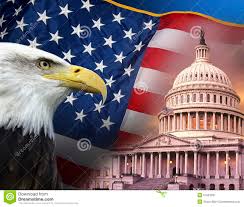

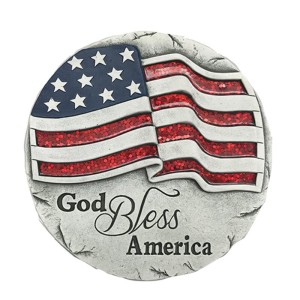
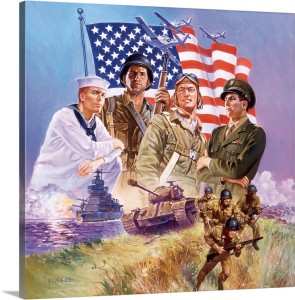

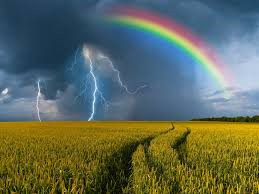
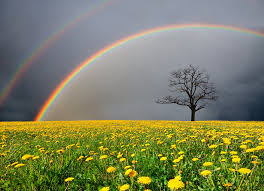
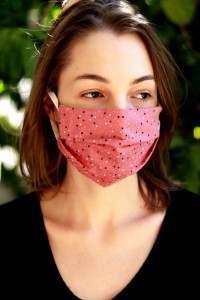
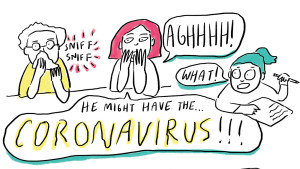
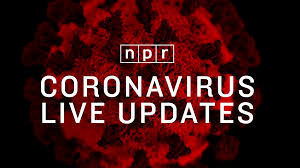
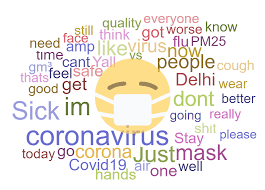
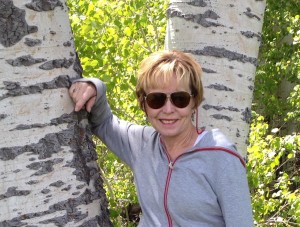
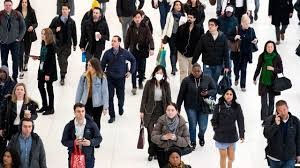
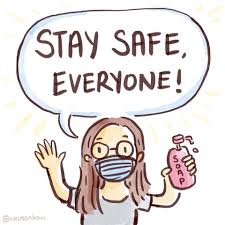
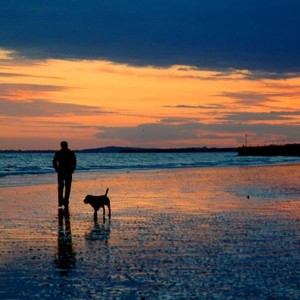
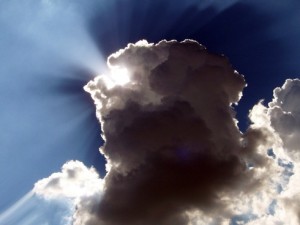
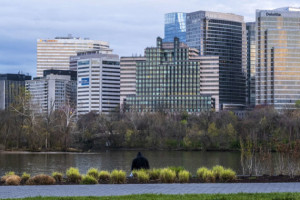
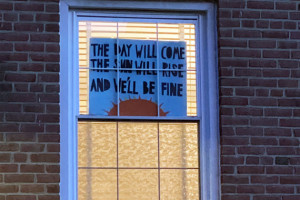

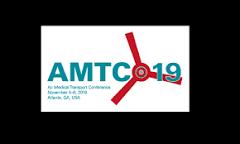
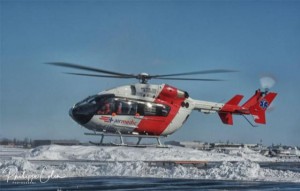
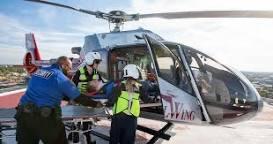
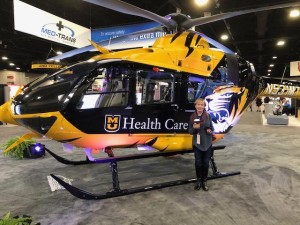
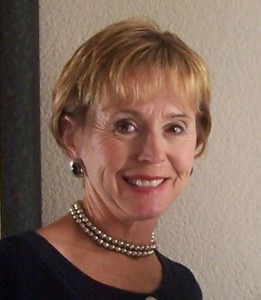
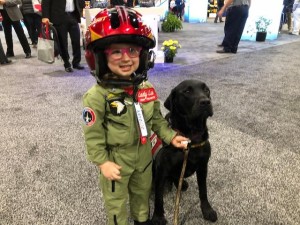
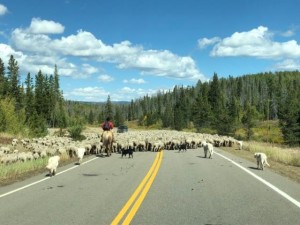
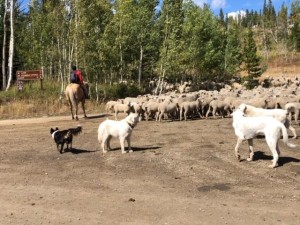

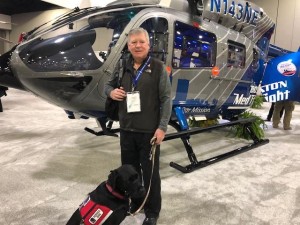
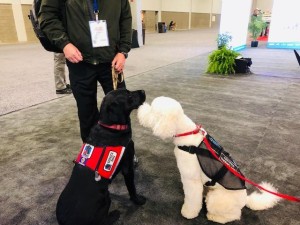

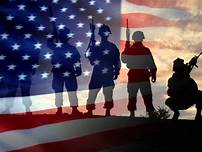
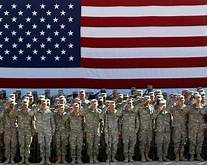

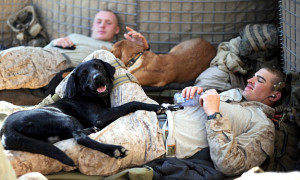
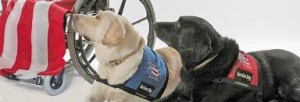
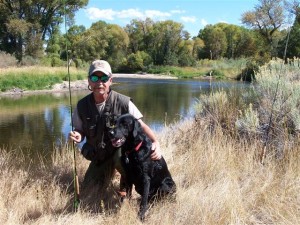
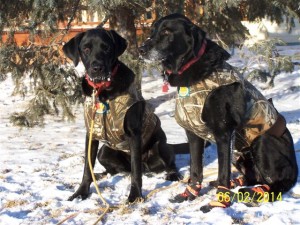
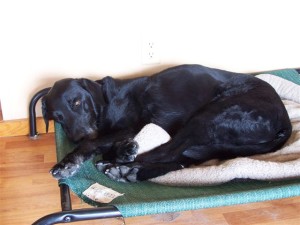
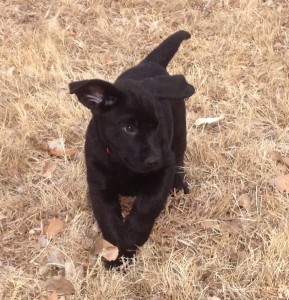
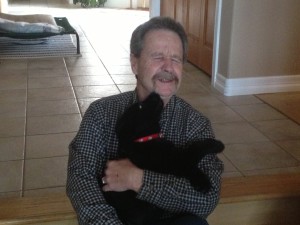
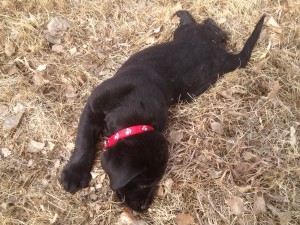
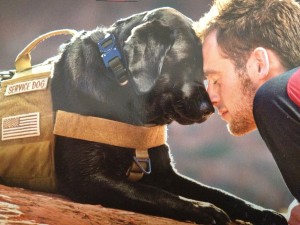
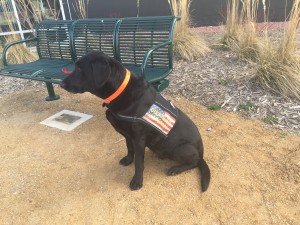
![41Q+ek-yDrL[1]](http://www.tearsofawarrior.com/wp-content/uploads/2018/03/41Qek-yDrL1-1-230x300.jpg)
